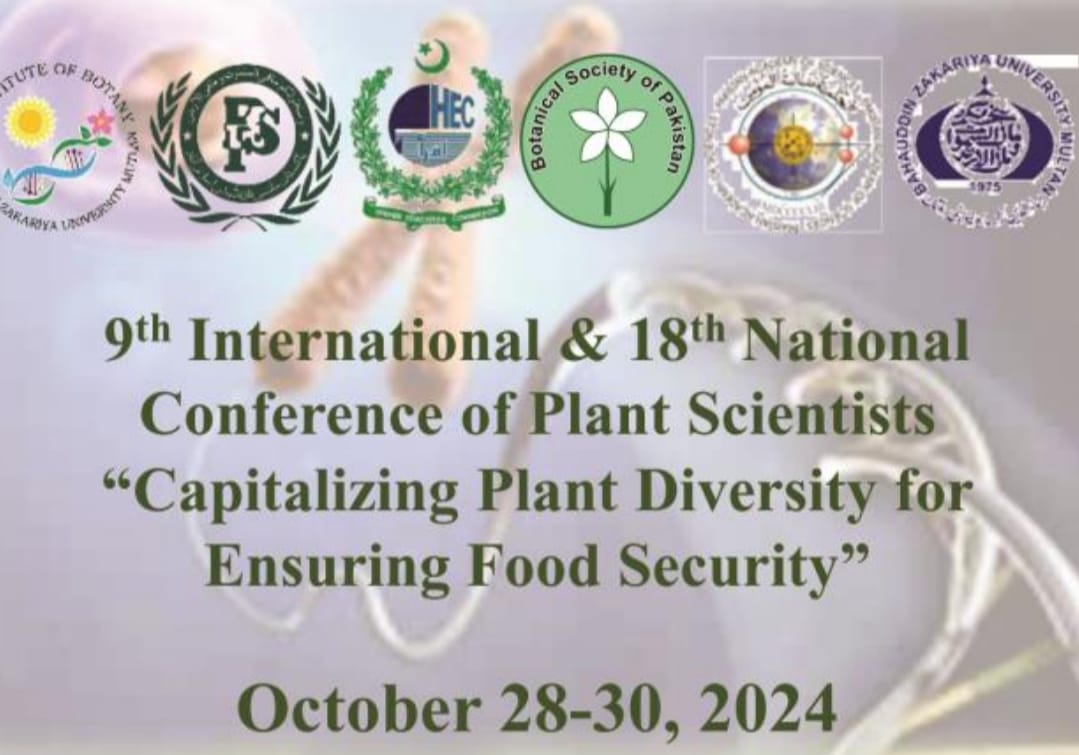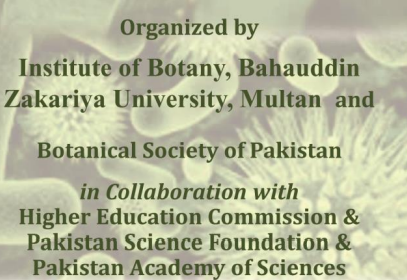-
-
-
-
-
-
-
-
-
ABDUL REHMAN KHAN*1, CHENG ZHI HUI*1, BUSHRA GHAZANFAR1, MUHAMMAD AZAM KHAN2, SHAHJAHAN SHABBIR AHMAD1 AND IMRAN AHMAD1
ACETYL SALICYLIC ACID AND 24-EPIBRASSINOLIDE ATTENUATE DECLINE IN PHOTOSYNTHESIS, CHLOROPHYLL CONTENTS AND MEMBRANE THERMO- STABILITY IN TOMATO (LYCOPERSICON ESCULENTUM MILL.) UNDER HEAT STRESS
Download PDF
-
-
-
-
-
-
-
-
-
-
-
-
-
-
-
-
-
-
-
-
-
ZAFAR IQBAL KHAN1, KAFEEL AHMAD1, MUHAMMAD ASHRAF2,3*, RUKHSANA PARVEEN1, IRFAN MUSTAFA1, AMEER KHAN1, ZAHARA BIBI1 AND NUDRAT AISHA AKRAM4
BIOACCUMULATION OF HEAVY METALS AND METALLOIDS IN LUFFA (LUFFA CYLINDRICA L.) IRRIGATED WITH DOMESTIC WASTEWATER IN JHANG, PAKISTAN: A PROSPECT FOR HUMAN NUTRITION
Download PDF
-
-
-
-
-
-
-
-
-
-
-
-
-
SYEDA KAHKASHAN KAZMI1, SAIFULLAH KHAN1,3*, NURUL KABIR2, AMEER AHMED MIRBAHAR1, MARIAM RAZIQ4 AND NAHEED KAUSER1
EMBRYOGENIC CALLUS INDUCTION, SOMATIC EMBRYOGENESIS, REGENERATION AND HISTOLOGICAL STUDIES OF KINNOW MANDARIN (CITRUS RETICULATA BLANCO L.) FROM NUCELLAR EMBRYO AND EPICOTYL REGION
Download PDF
-
-
-
-
-
-
-
-
-


